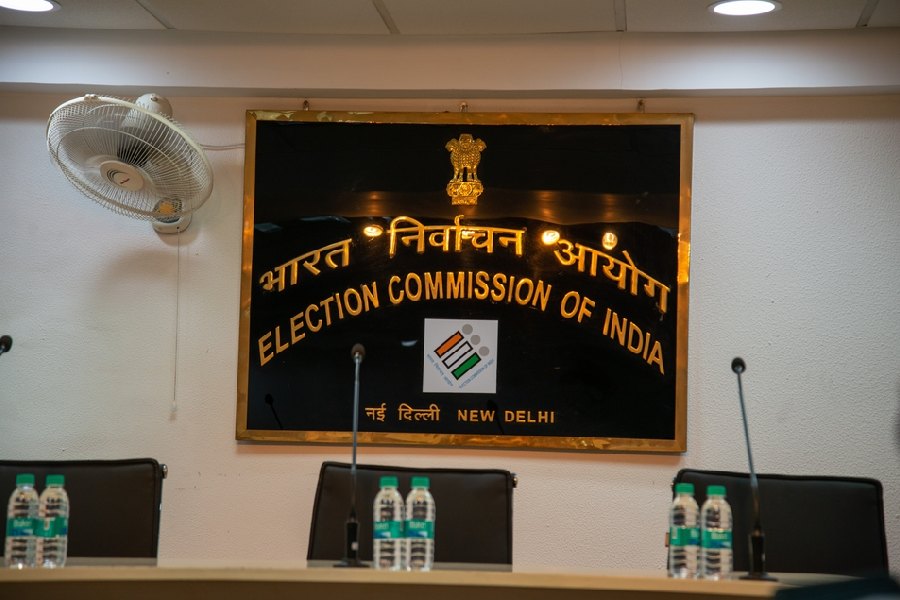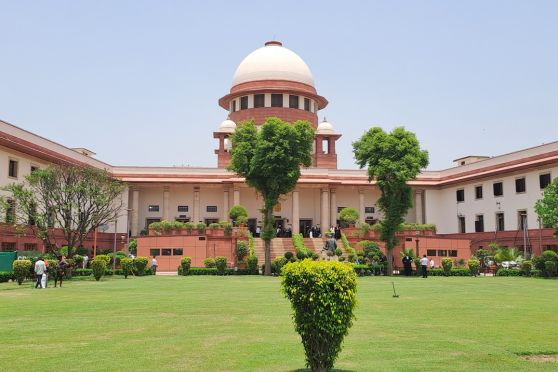 |
 |
| Buddha sculpture; The excavation site at Sarnath |
New Delhi, March 12: The Archaeological Survey of India has resumed excavation at Sarnath, the site of Buddha’s first sermon, after over 80 years.
The ASI decided to revisit the site, near Varanasi, as there is no archaeological evidence that Sarnath was where Buddha delivered his first sermon. There is enough literary evidence in Buddhist canons to back this, but no artefacts dating back to Buddha have been found.
The site was first excavated by Alexander Cunningham in the 1830s, years after fellow British officer, J. Duncan, brought it to the notice of local authorities. The last excavation was done in the early 1930s by former ASI director-general, Daya Ram Sahni.
“The oldest artefacts we have found are of the Mauryan era and the latest belong to 12th century AD. Lord Buddha is believed to have visited the site at least 300 years before the last archaeological evidence collected from the site. So, our aim is to trace those lost 300 years,” B.R. Mani, the ASI additional director-general, said.
The artefacts collected from Sarnath date from 3rd century BC to 12th century AD. Buddha is believed to have visited Sarnath in the late 6th century BC. The site gave India its national emblem, which is adapted from the Lion Capital of Ashoka at Sarnath.
According to mythological accounts, Buddha decided to give up his ascetic ways after years of meditation and ate sweets offered to him. His five companions felt offended by this and abandoned him. When Buddha attained enlightenment, he decided to deliver his first sermon to these companions and is believed to have gone to Sarnath in search of them.
Sarnath was known as Mrigadava — the abode of deer — in ancient literature and came to be referred by its present name sometime in the last two-three centuries. Most artefacts recovered from Sarnath date to 4th-6th century AD, the time when its glory was at its peak.
The latest round of excavations started on February 19 and will continue till April. The ASI has recovered rare pieces of Gupta art of the Sarnath school depicting Buddha in various postures. One sculpture is of a standing Buddha.
“Legend has it that Buddha visited heaven to give a sermon to his mother, Mayadevi. On his way back to earth, he was accompanied by Indra and Brahma. The sculpture depicts both deities flanking Buddha,” ASI ADG Mani said.
The ASI will dig deeper than the layers opened up during earlier excavations. “We do not expect anything spectacular. Mostly, 6th century BC artefacts consists of pottery. Or maybe we will find minor antiquities like coins. There is a bleak possibility that we may find traces of any structure,” he said.
During earlier excavations, no effort was made to record cultural deposits layer-wise. In this round, the ASI will undertake this exercise, which will tell the sequential story of the site.
Sarnath lost its importance by 12th century AD after it was invaded by Turkish Muslims, who vandalised its monuments for use as building material.










